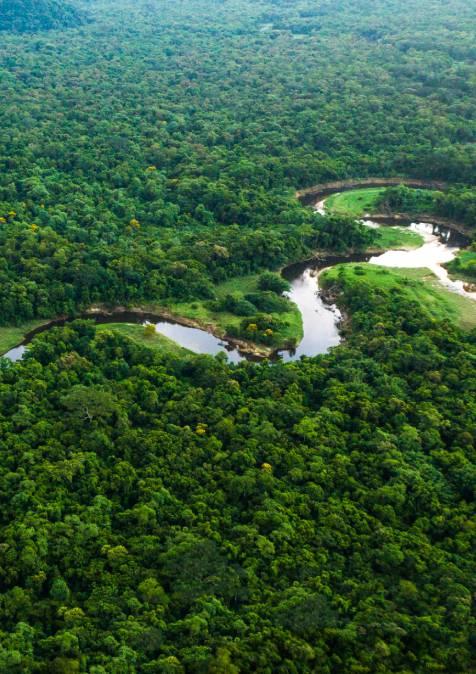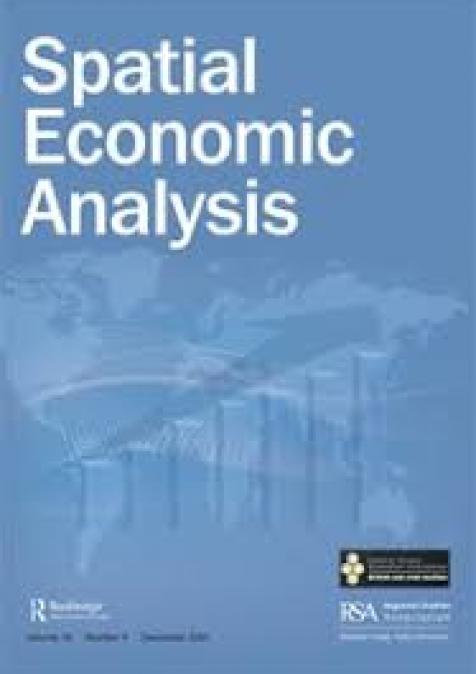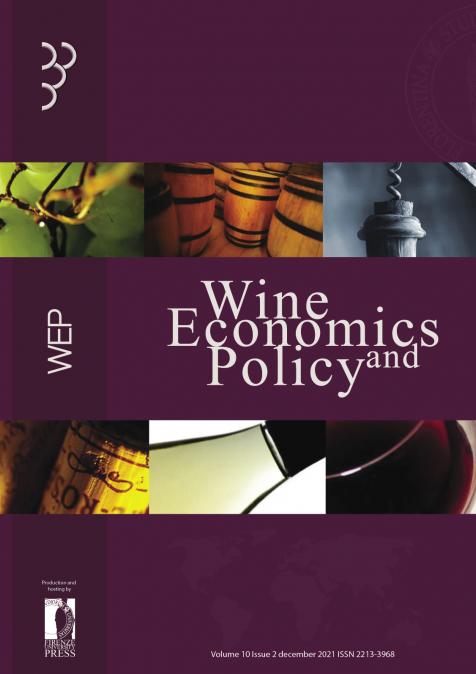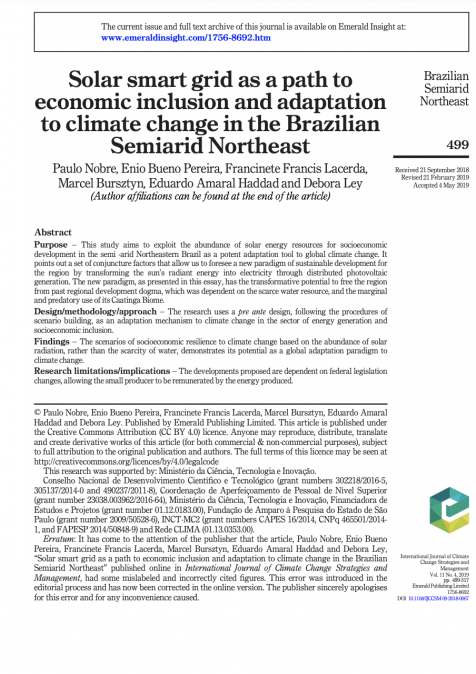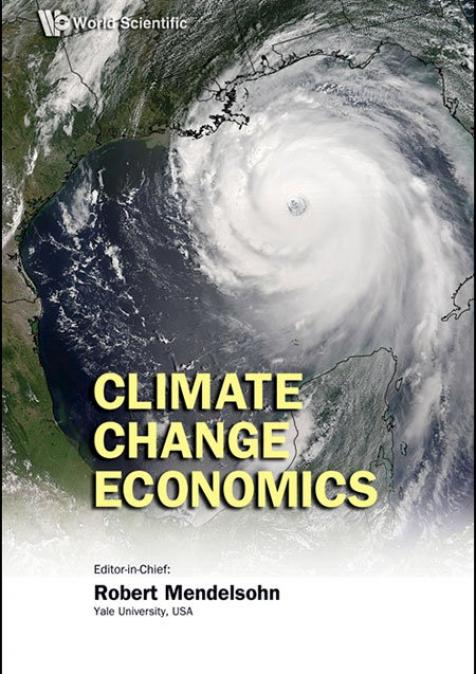Publications /
Opinion
In life, all forests seem magical, feels Thoralya Dyer, an Australian writer. Dwarfs and ghosts floating above the autumn leaves; Robin Hood, the British cult figure, hiding in a tree trunk in a forest of the king of England, who controls all 'nature's treasures; deer and mushrooms included, bees and Oaktree's, you name it. There is hardly any culture, which does not celebrate the mystery of trees; planks of wood allowed Columbus to discover America. Cedar built Noah's arch to save the animal kingdom if you believe Lebanese tales, and with Cedarwood Solomon's biblical temple was erected and turned into a never ending saga. A million, perhaps two million years ago, the homo Erectus discovered how to light a fire by rubbing stones, and that was it. Forever forests were massacred to make room for grazing animals and crop- the feet of Cowboys warmed by the campfire, Indians on the warpath communicating with smoke signals; boy scouts holding hands around the bonfire, singing to a guitar “a world so full of love”, while Hitler's followers of a hellish Aryan Fata Morgana were burning. in May 1933, books, written by Jewish authors like Thomas Mann, Karl Marx, Albert Einstein, Erich Maria Remarque, Sigmund Freud, Franz Kafka, and Heinrich Heine, who warned the world in his play Almansor (1820),” where they burn books, they also ultimately will burn people.”
Books have been written about the hidden life of trees: what they feel, how they communicate - a blessing in disguise that ordinary citizens can't understand: tree- speak, memories of massacre and pain, burned and chopped and rotting in solitude, no water, no clouds to share their shadow, just misery, ending up as cupboard. Wood created fire; the paper was made of wood, as were Dutch shoes and hand prosthetics for soldiers in the American Civil War. In medieval times pine, oak, ash, and alder were used the most by artisans, who build, estimate historians, the first wooden houses 40 000 years ago.
If you doubt that the world is risking its survival by continuing wreck-less and suicidal deforestation, you are barking up the wrong tree. Authors like the Scottish American naturalist John Muir, an early advocate for the preservation of the wilderness, praised the hours one is alone at night in the depth of these woods, the stillness which is at once awful and sublime. Every leave seems to speak (John of the Mountain's, 1938, page 235). In Lord of the rings, JR Tolkien seems to dream about dwarfs and elves and metaphors, notes Thoraiya Dyer (Tor.com, February 7, 2017). it is all about how trees are good, and the Industrial Revolution is bad (“Walk Beneath the Canopy of These 8 Fictional Forests”) John Muir is convinced that in God's wilderness lies the hope for the world-the great fresh unlighted, unredeemed wilderness.
The author sees the clearest way into the Universe is through a forest wilderness (John of the Mountains 1938, page 313). But what are words, a celebration of nature, asked Wangari Muta Maathai, the first African woman and environmentalist to win the Nobel Peace Prize ( 2004):” Until you dig a hole, you plant a tree, you water it and make it survive, you haven't done a thing, you are just talking”. 1977 the Kenya-born peasant-daughter, the first Doctor of Philosophy in Central and East Africa, founded the Green Belt movement organized women in rural Kenya to plant trees, combat deforestation, and restore their primary source of fuel for cooking, generate income, and stop soil erosion. The noble, also politically active Mrs. Maathai died, age 71, 2011, in Nairobi. More than 30 000 Kenyan women were trained in forestry, beekeeping, and food processing in her lifetime. More than one million planted trees are her impressive heritage, continued by her daughter Wanjira Mathai, born in 1971. Three years ago, she was selected by New African Magazine in 2018 one of the 100 most influential Africans determined to save Africa from devastating deforestation.
One of her most urgent projects was planting of 30 million trees. Time is running out; the massacre of forests in Africa threatens the future of the continent as a stable habitat, replacing glorious forests; the globally envied beauty of a natural paradise, into the sand, a desert without hope. Up to 65 percent of productive land is degraded, while desertification affects 45 percent of Africa's land area. The kingdom of lions, rhinos, elephants and crocodiles, panthers, 2341 bird species, eagles, great cormorants, vultures, ostriches, sacrificed for-profit, and a future ending in dust and plastic, thirst, and hunger. The latest report on forest resources from the Food and Agriculture Organization (FAO), published in early May, shows a global deceleration of deforestation in the world except in Africa writes Jacques Leroueil in Resources Magazine. Between 2010 and 2020 the continent lost 3.9 million hectares of forest area per year, compared to 3.4 million hectares between 2000 and 2010. Worse, the rate of net loss of forest area has increased in Africa in each of the periods concerned since 1990, the authors of the study note:
The rest of the world is moving in the opposite direction, with Asia, Oceania, and Europe recording a net increase in forest cover between 2010 and 2020. Even South America, another poor performer in the ranking (2.6 million hectares of forest area lost per year between 2010-2020) saw the rate of forest destruction halved in a decade (from 5.2 million hectares of forest area lost per year between 2000-2010 to 2.6 million between 2010 -2020). Jacques Leroueil recapitulates: “A phenomenon that affects the Congo Basin, the second green lung of the planet after the Amazon in particular.” 60 percent of Africans depend on their land and their forests. The forests of West Africa and the Congo Basin are not only important as habitats for a vast and diverse ecosystem. but also, as a carbon sink, removing a large proportion of CO2 in the earth’s atmosphere and slowing down climate change.
The Great Green Wall
On November 19, 2021, the BBC’s Matt McGrath reported that in the planet's biggest rainforest, Amazon, “sees worst deforestation levels in 15 years ”. A planet in agony, destabilized by Covid -19, despite billions of vaccinations, and indigenous people worldwide, who live in forests that store almost 300 million metric tons of carbon, according to the “Rights and Resources Initiative”, a Washington based advocacy group-almost six times the total amount of carbon dioxide that burning fossil fuels, deforestation and other human impacts released into the atmosphere in 2018, the year of the United Nations last count (New York Times, January 28, 2020).
Twenty-five years ago, said Desmond Tutu, the human rights activist and South African theologian, who in 1984 was awarded the Nobel Peace Prize for his anti-apartheid engagement, “people could be excused for not knowing much, or do not much about climate change. Today we have no excuse.” Early November, in Glasgow, Scotland, leaders of the world (except those mega polluters from Russia and China and Brazil) were gathering to prove Albert Einstein wrong, who insisted that the world “will not be destroyed by those who do evil, but by those who watch them without doing anything.” More than 110 nations, Morocco, China and Monaco, Bhutan, Russia, and the UAE, Chad and Mali, Cuba, Fiji, and Andorra, signed a declaration, reaffirming: “We commit to working collectively to halt and reverse forest loss and land degradation by 2030 while delivering sustainable development and promoting an inclusive rural transformation”-the signature nations cover around 85 percent of the world’s forests.
European Commission President Ursula von der Leyen announced a 1 billion Euro contribution to the “Global Forests Finance Pledge”, which 12 nations have promised to fund in total 12 billion US dollars. The UK will commit 1.5 billion £ over five years to support the forest pledge, including £350 million for tropical forests in Indonesia and 300 million intended for the Amazon. (UK Department of Environment, November 2, 2021). Of the one billion European Euro pledge, 250 million Euro are to be invested in the Congo Basin to protect the world’s second-largest tropical rainforest region. Von der Leyen declared: “Forests are the green lungs of the earth.” In his Policy brief “Climate Change and Ecological Pan-Africanism” published in September by the “ Center for the New South “, Hisham Aidi reminds us of the revolutionary leader of
Burkina Faso, Thomas Sankara, who, decades ago, warned African nations, it was the pollution that we pour into nature, into the seas that was causing the ecological perturbations of the seasons, and leading to the advancement of the desert, forest fires, and dropping water tables.
Sankara would propose a fifteen-kilometer-wide Green Belt across the Sahel to combat the advance of the desert. His death, 1987 ended the dream, a project revived by African leaders, now known as the Great Green Wall. In 2007, notes Aidi, the African Union, together with international partners, raised $8 billion (of an estimated 14 billion) for the construction of an 8000-kilometer Great Green Wall, which will cut across 21 states to contain the desertification process: “This Green Wall aims to degraded landscapes of the Sahel, by planting trees and bushes, which will hold an estimated 275 million tons of carbon.”

